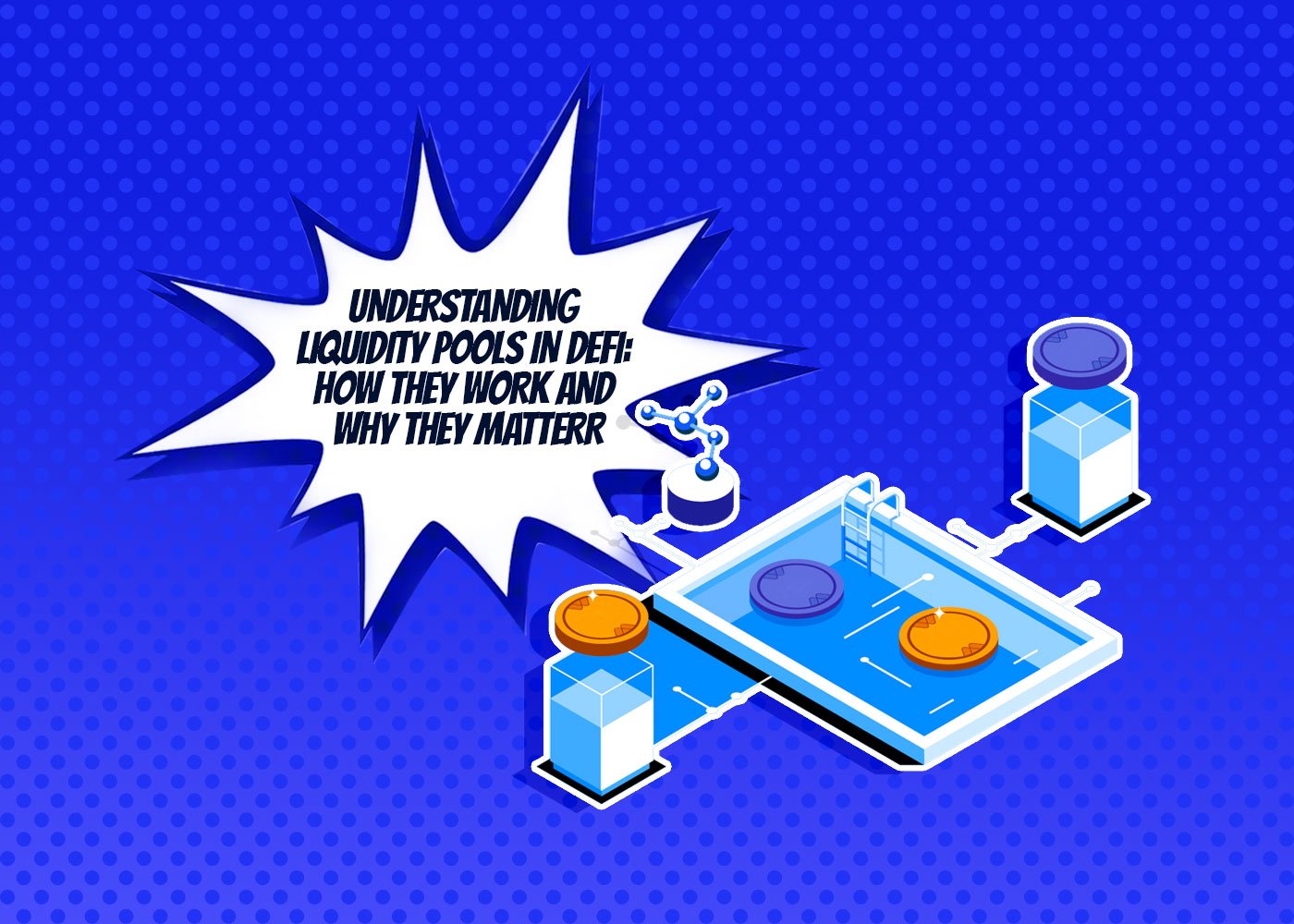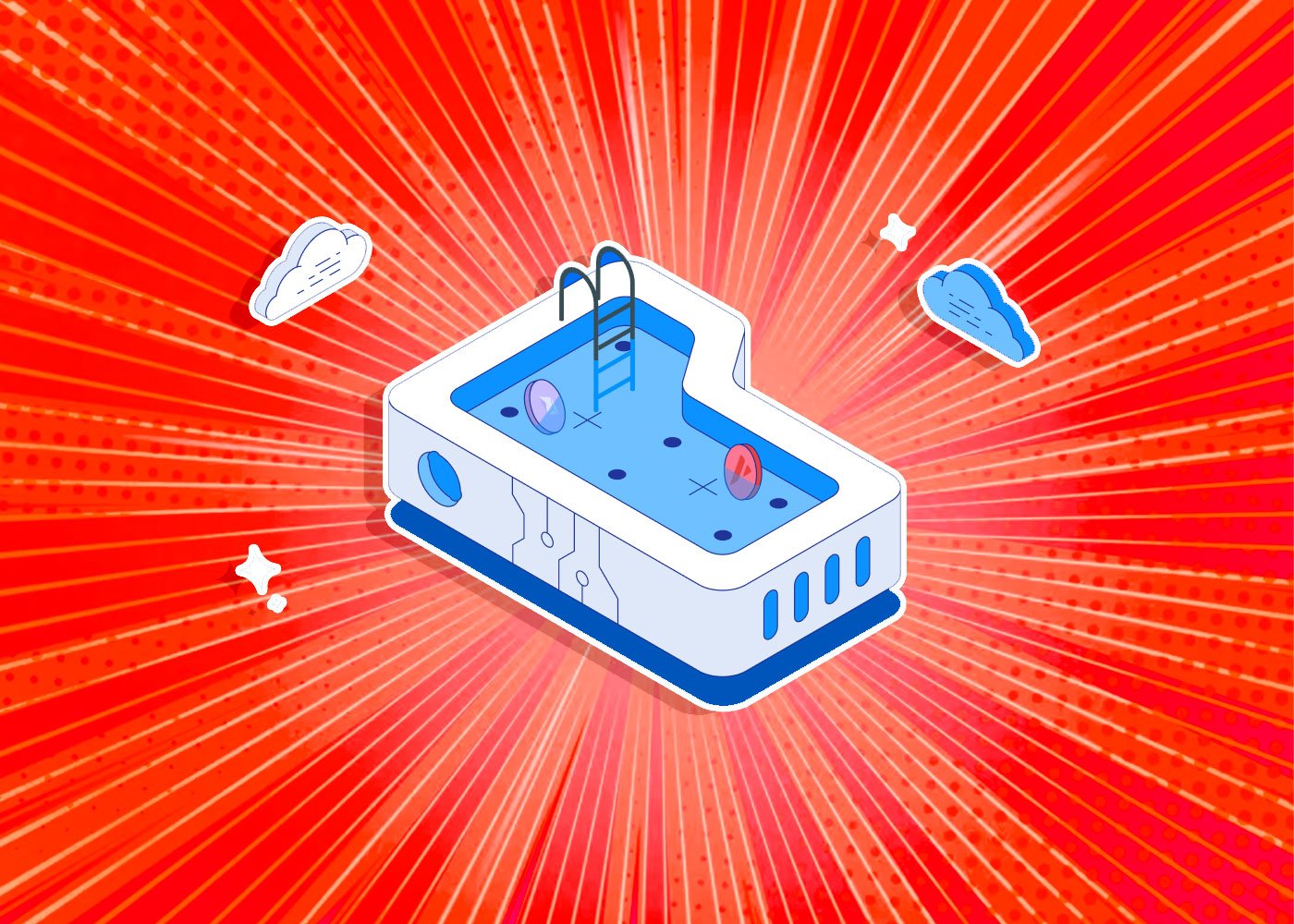Liquidity pools are like the superheroes of decentralized finance (DeFi) providing much needed liquidity to decentralized exchanges (DEXs) . They’re a game changer in the world of cryptocurrency but what are they all about and how do they actually work?
Let’s break it down: How liquidity pools function in DeFi
Before we dive into the nitty gritty of liquidity pools let’s take a quick look at how things work in traditional financial markets. In traditional markets there are buyers and sellers and they negotiate prices . Buyers offer a bid price which is the maximum they’re willing to pay while sellers have an ask price the minimum they’re willing to accept . To make these transactions smooth we have market makers who hold large asset positions making it easy to match buyers with sellers . These market makers ensure there’s enough liquidity for trades to happen at agreed prices.
Now in the world of DeFi powered DEXs we have Automated Market Makers (AMMs) stepping in . Before AMMs came along liquidity was a struggle for DEXs on the Ethereum blockchain . The interfaces were complex and there weren’t many users which made creating a liquid market a challenge.
Enter AMMs the heroes of the day . They use mathematical equations to determine prices based on the available liquidity in the pools . No order books or intermediaries needed . AMMs operate in a decentralized manner and often rely on oracles like Chainlink for real time cryptocurrency price information.
AMMs solve the liquidity problem by creating liquidity pools and incentivizing users to contribute their assets . Liquidity providers are rewarded with passive income in the form of the protocol’s native cryptocurrency . It’s a win win situation where providers earn and the platform ensures there’s enough liquidity for smooth operations.
Taking a closer look at Uniswap liquidity pools
Let’s zoom in on Uniswap the OG of DEX AMMs that emerged back in 2018 . Many other DEX AMMs are actually built on top of Uniswap. On Uniswap when a liquidity pool is created there are no tokens initially . To enable trading someone has to make an initial deposit of each token . This first liquidity provider sets the pool’s price and is encouraged to deposit tokens in a 50/50 ratio.
When you add funds to a pool as a liquidity provider you receive LP tokens (Liquidity Provider tokens) in return . These tokens represent your share of the pool . They’re tradable and can be used within the DeFi ecosystem.
Liquidity providers earn through transaction fees usually around 0.3% , taken from each exchange . These fees are distributed among LP token holders based on their share in the pool . To withdraw their liquidity and collected fees providers “burn” their LP tokens.
The secret sauce: The Constant Product Algorithm
Now let’s talk about the secret sauce behind AMMs and liquidity pools: the constant product algorithm . This algorithm ensures that the product of the quantities of the two tokens in a liquidity pool always remains the same . So no matter the size of a transaction the pool can provide liquidity . As more tokens are added or removed the algorithm adjusts the token price to accommodate the desired quantities.
Let’s illustrate this with an example using the ETH/USDC liquidity pool . Imagine there are 2,000,000 USDC tokens and 1,000 ETH valued at $2,000,000 with each ETH priced at $2,000 . If a user wants to buy 10 ETH worth $20,000 they would need to provide 20,000 USDC to the pool in exchange for the 10 ETH . After this transaction the pool is updated.
It may get your attention:
Brian armstrong net worth: The Mastermind Behind Coinbase’s Success
Trust Wallet: A Secure Multi-Coin Wallet and DApp Browser for Cryptocurrency Enthusiasts
Life Insurance vs Annuity: Understanding the Key Differences








































































![BitTorrent [New]](https://s2.coinmarketcap.com/static/img/coins/64x64/16086.png)


















